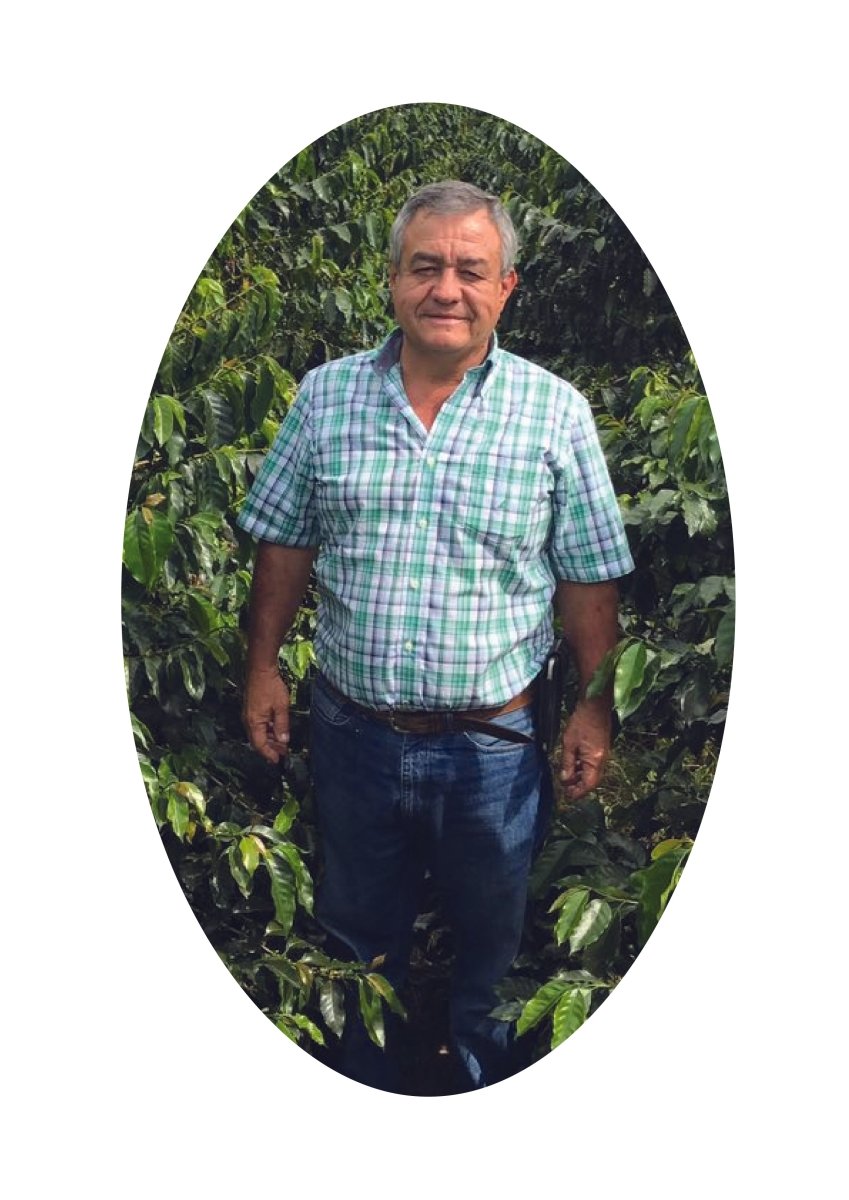NATURAL PROCESS
The ripe coffee cherries are hand picked and allowed to dry completely around the seed before being husked or hulled off. While historically this hulling was done by hand with a kind of mortar-and-pestle setup, today it’s done by machinery that can be finely calibrated.
While the coffee is drying the sugars are continually fermenting inside the cherry while there is enough moisture to feed the microorganisms. This can take up to 30 days on average.
Due to the long fermentations, natural processed coffees often display fruity or “pulpy” flavours, often described as “boozy” or “winey”; can also have strong nutty and/or chocolate characteristics, and typically has a heavier or syrupy body
EA DECAFFEINATION
Sugar cane ethyl acetate or commonly known as EA decaf is a natural process of decaffeinating coffee. It is usually found in Colombia where sugar cane is readily available and starts with making molasses from sugar cane. Once created, it sits in vats to ferment. The bacteria produce acetic acid, much like fermenting coffee, and at the peak of fermentation, alcohol is added to make something called ethyl acetate.
For it to be applied to coffee first, the green coffee is steamed in tanks to elevate the moisture level — the beans swell, which allows the extraction of caffeine. Ethyl acetate is added to the mixture, and it dissolves the caffeine in the coffee. The coffee is then washed with water and laid to dry. In theory, the coffee should reach the same moisture content as it arrived in, which is somewhere between 11-12%. The most important part of EA coffee, and why it tastes so sweet, is it avoids high pressure and high heat, which degrades coffee quickly. This allows the natural terroir flavors to come through, making it a sweet and bright decaf.



